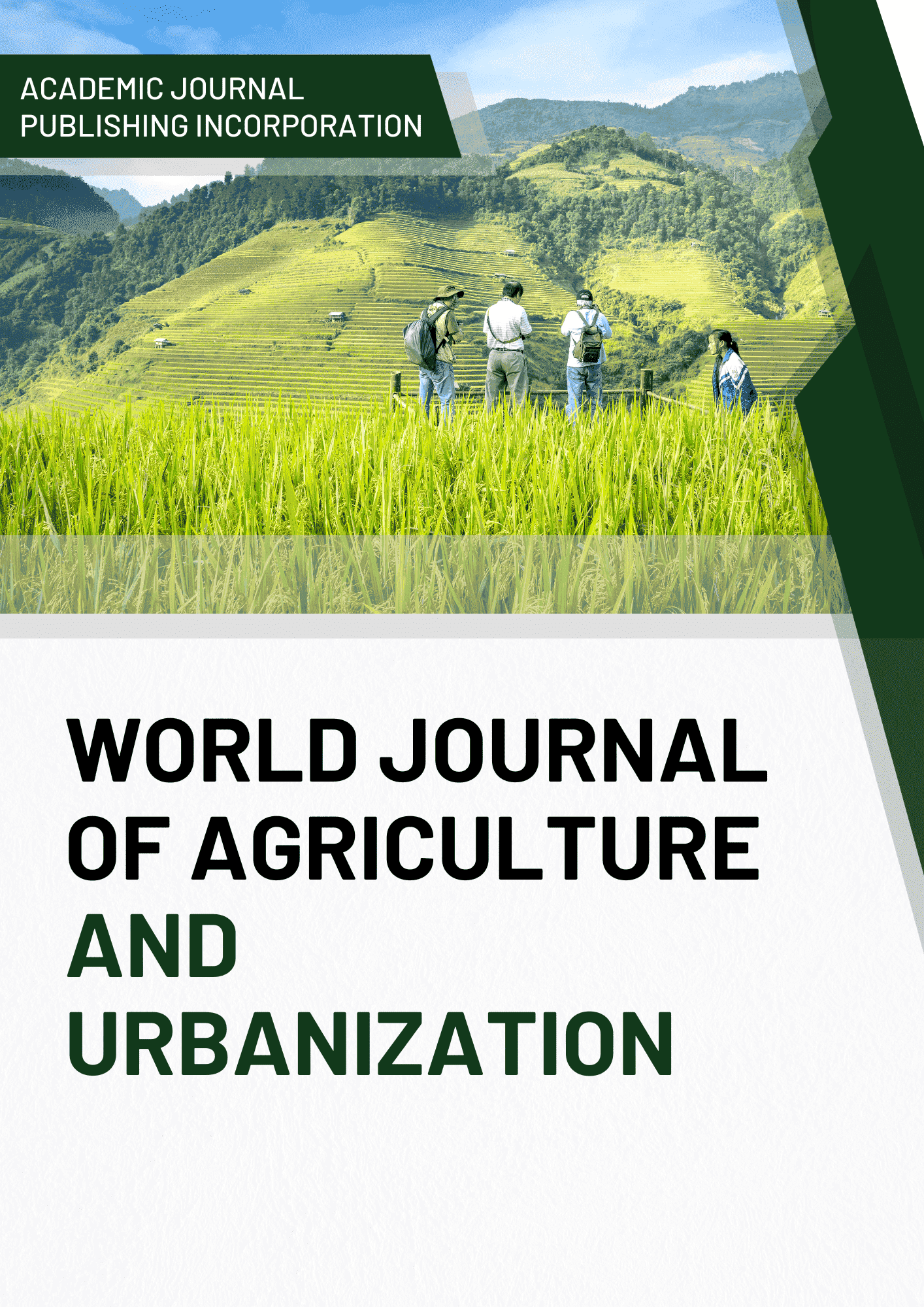Methodology for Using Innovative Pedagogical Technologies in the Guitar Instrument Class
DOI:
https://doi.org/10.51699/wjau.v2i2.42Keywords:
instrument, rhythm, sound, acoustics, timbre, imrovizationAbstract
This article shows the possibilities of quick mastering of guitar in an easy and convenient way with the help of a pedagogical approach and technology in learning guitar. In the coverage of the topic, three different cases of views of the gataras are reflected. Alternatively, their different aspects are reasonably covered. The opinions and works of scientists are cited as quotes.
References
https://jahonadabiyoti.uz/2017/12/07/ш-м-мирзиёев-адабиёт-ва-санъат-мадани/
Сладкова-О.В.-Новый-самоучитель-игры-на-гитаре. М., 2010. Cт 12.
https://www.pedt.ru/categories/2/articles/58
Improvizatsiya (lat. improvisus-kutilmagan, to'satdan) - bu oldindan tayyorgarliksiz ijro etish jarayonida musiqa yaratish.
Klassikа (lat. sinf icus – namunali) - eng yuqori badiiy talablarga javob beradigan, "vaqt sinovidan o'tgan" va jahon musiqa san'ati xazinasiga kiritilgan musiqiy asarlar.
Hamrohlik (FR. accompagnemen t, accompagner– hamrohlik qilish, jo’rnavoz) - bir yoki bir nechta asboblar, shuningdek yakkaxon qism orkestri (qo'shiqchi, instrumentalist, xor va boshqalar) tomonidan hamrohlik qilish. Hamroh hamrohi jo’rnavoz deb ataladi.
Yengil musiqa (ingliz tilidan. Easy l i s ten ing) - asosan ko'ngilochar maqsadlar uchun mo'ljallangan turli xil musiqiy janrlarni qamrab oluvchi tushuncha. Ushbu musiqiy yo'nalish mashhur, raqs musiqasi, qisman jazz va engil Rokni o'z ichiga oladi.
Nikishina I. V. innovatsion pedagogik texnologiyalar va maktabda o'quv-tarbiya va uslubiy jarayonlarni tashkil etish: talabalar va o'qituvchilarni o'qitish jarayonida interfaol shakl va usullardan foydalanish. Volgograd: O'qituvchi, 2008 yil.
Olnev A. Masofaviy ta'limda yangi texnologiyalardan foydalanish. Zamonaviy fanning dolzarb muammolari.-2011.-№1.- S. 96.
Selevko G. K. Zamonaviy ta'lim texnologiyalari: darslik.- M.: Xalq ta'limi,1998 yil.-256s.
Botirova, Xilola Tursunbaevna. "THE PLACE OF MUSIC IN UPBRINGING OF YOUNG PEOPLE." Science and Education 1.1 (2020): 512-517.
Tursunbaevna, Botirova Xilola. "New approach to vocal-choral skills." ACADEMICIA: An International Multidisciplinary Research Journal 11.4 (2021): 1638-1654.
Tursunbaevna, Botirova Xilola. "Methods for Improving Thoretical Knowledge of Music of Elementary School Students."International Journal on Integrated Education 3.4: 4-10.
Botirova, Khilola Tursunbaevnа. "METHODS OF DEVELOPING THE SYSTEM OF SPIRITUAL AND MORAL EDUCATION OF YOUNG STUDENTS THROUGH THE UZBEK PEOPLE’S PERFORMING ART." Chief Editor.
Tursunbaevna, Botirova Khilola. "The Importance of Aesthetic Education in the Formation of Performance and Creative Skills of Students in Music Lessons in Secondary Schools." JournalNX 7.05: 69-72.
Botirova Khilola Tursunbaevna, & Vladimir Nojkov. (2022). PREPARING STUDENTS FOR ORCHESTRAL ACTIVITIES. Conferencea, 239-241. Retrieved from https://conferencea.org/index.php/conferences/article/view/844
https://www.int-jecse.net/abstract.php?id=2559
https://paper.researchbib.com/view/paper/249680
https://cyberleninka.ru/article/n/the-place-of-music-in-upbringing-of-young-people/viewer
https://scilead.ru/article/509-sovremennie-tekhnologii-v-obuchenii-igre-na-gi
https://multiurok.ru/files/ispolzovanie-sovremennykh-pedagogicheskikh-tekh-12.html
https://педпроект.рф/костромитина-с-в-публикация/
https://infourok.ru/doklad-primenenie-innovacionnyh-tehnologij-v-klasse-gitary-dshi-6100810.html
https://multiurok.ru/files/ispolzovanie-sovremennykh-pedagogicheskikh-tekh-12.html
Downloads
Published
How to Cite
Issue
Section
License

This work is licensed under a Creative Commons Attribution 4.0 International License.
The work simultaneously licensed under a Creative Commons Attribution 4.0 International License
You are free to:
- Share — copy and redistribute the material in any medium or format
- Adapt — remix, transform, and build upon the material for any purpose, even commercially.
The licensor cannot revoke these freedoms as long as you follow the license terms.
Under the following terms:
-
Attribution — You must give appropriate credit, provide a link to the license, and indicate if changes were made. You may do so in any reasonable manner, but not in any way that suggests the licensor endorses you or your use.
- No additional restrictions — You may not apply legal terms or technological measures that legally restrict others from doing anything the license permits.








